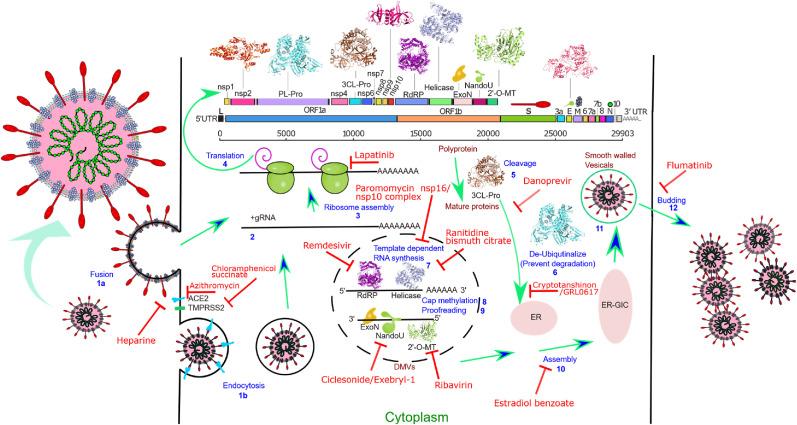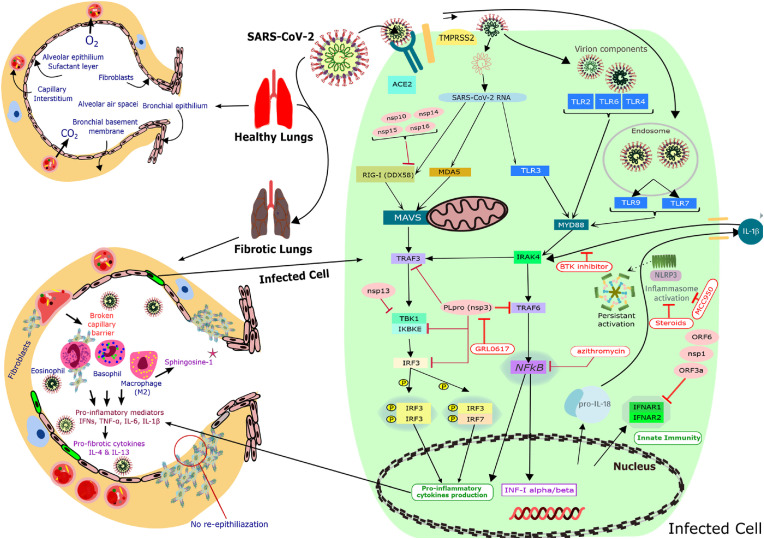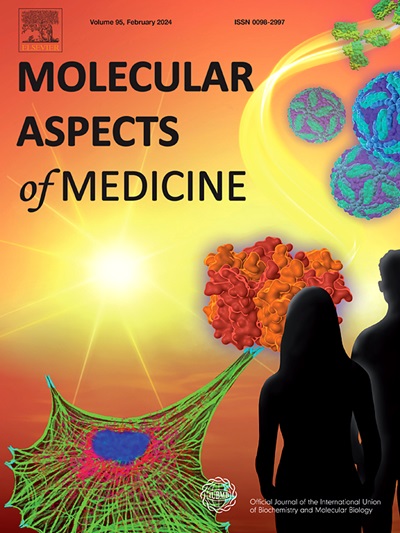Protein structure-based in-silico approaches to drug discovery: Guide to COVID-19 therapeutics
Abstract
With more than 5 million fatalities and close to 300 million reported cases, COVID-19 is the first documented pandemic due to a coronavirus that continues to be a major health challenge. Despite being rapid, uncontrollable, and highly infectious in its spread, it also created incentives for technology development and redefined public health needs and research agendas to fast-track innovations to be translated. Breakthroughs in computational biology peaked during the pandemic with renewed attention to making all cutting-edge technology deliver agents to combat the disease. The demand to develop effective treatments yielded surprising collaborations from previously segregated fields of science and technology. The long-standing pharmaceutical industry's aversion to repurposing existing drugs due to a lack of exponential financial gain was overrun by the health crisis and pressures created by front-line researchers and providers. Effective vaccine development even at an unprecedented pace took more than a year to develop and commence trials. Now the emergence of variants and waning protections during the booster shots is resulting in breakthrough infections that continue to strain health care systems. As of now, every protein of SARS-CoV-2 has been structurally characterized and related host pathways have been extensively mapped out. The research community has addressed the druggability of a multitude of possible targets. This has been made possible due to existing technology for virtual computer-assisted drug development as well as new tools and technologies such as artificial intelligence to deliver new leads. Here in this article, we are discussing advances in the drug discovery field related to target-based drug discovery and exploring the implications of known target-specific agents on COVID-19 therapeutic management. The current scenario calls for more personalized medicine efforts and stratifying patient populations early on for their need for different combinations of prognosis-specific therapeutics. We intend to highlight target hotspots and their potential agents, with the ultimate goal of using rational design of new therapeutics to not only end this pandemic but also uncover a generalizable platform for use in future pandemics.



 求助内容:
求助内容: 应助结果提醒方式:
应助结果提醒方式:


